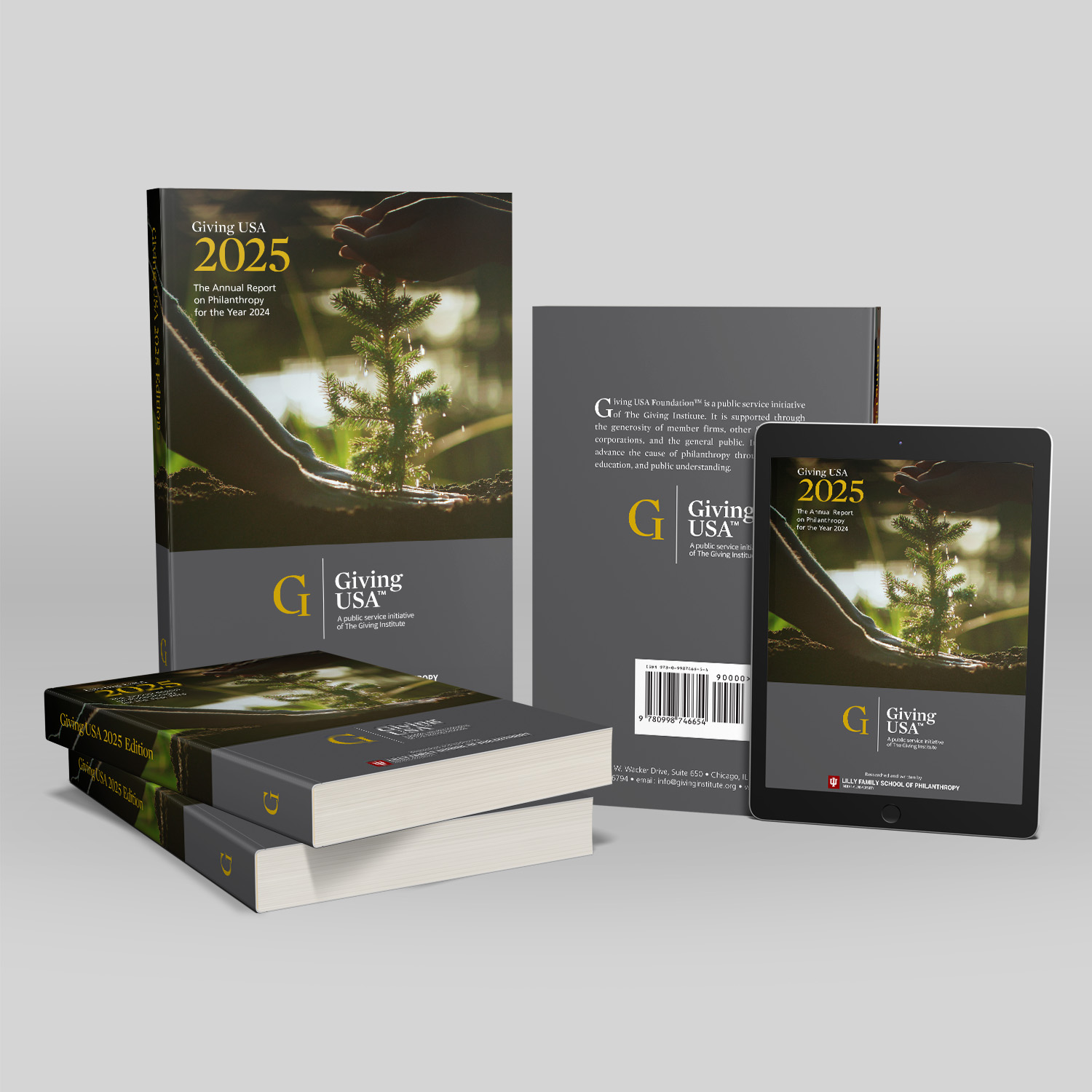
Even with all its numerous challenges, a silver lining could have emerged from 2020. As the doors of many organizations closed, nonprofits were forced to leverage the resources and tools they had available. With galas and runs canceled and direct mail paused, the sector braced for what was to come. If connecting with our colleagues became something that had to be done with greater intention, reaching out to constituents required a real concerted effort. As the dust settles from 2020, we are witnessing a remarkable shift. The digital “nice to have” days are out, and the days for a digital-first strategy are in.
While many could have anticipated an online giving spike, the overall percentage of giving coming from online is compelling. In the Blackbaud Institute’s 2020 Charitable Giving Report, we reported that 13% of all contributions were online last year. Yet, while the fact that more than one-eighth of all giving in 2020 came from online is an impressive four-point increase year over year, questions arise about whether it will last. Could this preview a lasting disruption to the status quo?
For many years, the percent of online giving has trailed the consumer market by a few percentage points. Experts have speculated that the tradition of most large gift transactions happening offline would mean that online giving would never fully be on par with consumer spending. However, this year, the report showed a narrowing of this gap, with the nonprofit sector trailing the consumer market by a mere percentage point. Reason would lead many to believe that the forcing of the donor’s hand online might also mean a dramatic shift in donor comfort online, even for large gifts.
While this is an exciting turn of events, I am cautious to consider how rapid changes affect those working in the sector to cultivate community relationships. If donor engagement preferences now follow their consumer behavior more closely, their expectations will likely follow suit. Organizations must acclimate quickly and prepare for this new reality, even as their doors reopen.
So, while donors responded in remarkable ways to the calls for support—in fact, total giving rose 2% overall—it is not time to rest on our laurels. As we witnessed in other turbulent years, such as in 2017 with the #MeToo social movement, many natural disasters, and significant political turmoil, the number of households motivated to give also increased substantially. This birds-eye view across several years, affords a clearer picture of past missed opportunities too. Unfortunately, organizations did not successfully retain the new donors in subsequent years after the 2017 spike. For that reason, we should focus on new donors by introducing our mission to any new 2020 constituents. Additionally, consideration should be paid to how we will continue to resonate with those loyal donors across several channels in an authentic way and inspire a deepened experience.
The challenge is to meet constituents where they are and how they want to be engaged today. Now is the time to move forward with intention—who you reach, what you impart to them, and how you drive action is not to be left to chance. To do so, we must start at the beginning. Organizations that have, for example, long left their culture of philanthropy to chance may find themselves behind the curve as they now try to inject innovation into the cultural mix.
The marriage of these two essential values—philanthropy and innovation—must take center stage in achieving sustainability for the future. Working to assemble a broad cross-departmental team that can honestly assess these organizational values will not be futile. It is the opportunity to uncover where you are at risk due to gaps in technology or training across every department. Your needs to engage and manage volunteers, for example, may be quite different than how you deliver service in your area or connect with and steward funder support.
While last year’s events and their impacts will continue to unfold over the next several months, our preparation today will not be in vain. Even with numerous reasons to be grateful that our world may see some semblance of normalcy in the months ahead, it is also a rare opportunity. We must reset, reevaluate, and remerge in a way that aligns to constituent values, consider how we will broaden and retain a more diverse pool of supporters, and honor changing interests.
This article was originally published in the March/April 2021 issue of NonprofitPRO Magazine.


